Glass Greenhouse CFD, A Fluent Tutorial with Solar Ray Tracing & DO Radiation
Glass Greenhouse CFD, A Fluent Tutorial with Solar Ray Tracing & DO Radiation
- Upon ordering this product, you will be provided with a geometry file, a mesh file, and an in-depth Training Video that offers a step-by-step training on the simulation process.
- For any more inquiries regarding the product, please do not hesitate to reach out to us at info@CFDLAND.com or through our online support assistant.
€240 Original price was: €240.€115Current price is: €115.
A Glass Greenhouse is a specialized structure designed to create a controlled microclimate for optimal plant growth, independent of external weather conditions. The fundamental principle behind its operation is the “greenhouse effect.” The glass enclosure is transparent to incoming shortwave solar radiation, allowing sunlight to pass through and be absorbed by the soil, plants, and internal structures. These objects then re-radiate the energy as longwave infrared heat. The glass is opaque to this outgoing longwave radiation, effectively trapping the heat and raising the internal temperature. This controlled environment is crucial for extending growing seasons and protecting crops.
To design these structures for maximum efficiency, engineers must understand the complex interplay between solar heating and internal air movement. A Greenhouse CFD simulation is the perfect tool for this task. It allows for a detailed analysis of temperature distribution and airflow without expensive physical prototypes. This project presents a Glass Greenhouse CFD Fluent simulation that investigates the internal climate. The simulation setup and conditions are based on the experimental work detailed in the reference paper, “Numerical and experimental study of a closed loop for ground heat exchanger… for heating a glass greenhouse…[1]”.
- Reference [1]: Awani, S., et al. “Numerical and experimental study of a closed loop for ground heat exchanger coupled with heat pump system and a solar collector for heating a glass greenhouse in north of Tunisia.” International Journal of Refrigeration76 (2017): 328-341.
Figure 1: A real-world example of a modern Glass Greenhouse facility.
Simulation Process: CFD Modeling of Solar Load with Fluent’s Ray Tracing
The simulation process began with the modeling of the 2D greenhouse geometry, which includes the soil ground and the pipes embedded within it. A high-quality, structured mesh was generated to ensure accurate results, particularly near the walls and floor where the most significant thermal and fluid dynamic changes occur. The core of this Solar Greenhouse CFD simulation was the setup in ANSYS Fluent. To accurately capture the effects of solar radiation, two powerful models were used. First, the Discrete Ordinates (DO) radiation model was activated. This model is essential for calculating the exchange of radiative heat between all the interior surfaces of the greenhouse. Second, instead of manually defining a heat source, we used Fluent’s advanced Solar Ray Tracing module. This powerful tool automatically calculates the solar heat load based on user-defined geographical location (longitude and latitude), time of day, and date. For this simulation, the date was set to January 1st. This integrated approach provides a highly realistic and accurate simulation of how the sun directly impacts the greenhouse environment.
Figure 2: he experimental system layout from the reference paper [1] used as a basis for the CFD model.
Post-processing: CFD Analysis of Glass Greenhouse Temperature Stratification and Natural Convection
The temperature contour in Figure 3 clearly illustrates the successful capture of the greenhouse effect. The simulation shows a significant temperature stratification, with a thermal gradient developing from the floor to the ceiling. The internal temperature ranges from a minimum of 33.24°C to a maximum of 81.56°C. The highest temperatures are concentrated at the ground level, which is a direct result of the solar radiation passing through the glass and being absorbed by the soil. This stored thermal energy heats the air directly above it. This detailed thermal mapping is critical for greenhouse design, as it allows engineers to predict zones of high and low temperature and optimize the placement of heating or cooling systems.
Figure 3: Temperature and DO irradiation patterns from the Glass Greenhouse CFD Simulation, showing heat concentration at the ground level.
The velocity streamlines in Figure 4 reveal the direct consequence of this temperature difference: the formation of large-scale natural convection loops. As the air near the hot ground heats up, it becomes less dense and rises. Conversely, the air near the cooler glass walls loses heat, becomes denser, and sinks. This continuous cycle creates several large, rotating air cells that dominate the internal airflow, with velocities reaching up to 0.84 m/s. This air movement is not a side effect; it is essential for the greenhouse’s function. These convection currents are the primary mechanism for distributing the solar heat absorbed by the floor throughout the entire volume of the greenhouse, preventing extreme hot spots and ensuring a more uniform growing environment. This Greenhouse CFD analysis demonstrates precisely how solar energy is converted into the thermal and fluid dynamic behavior that defines the internal climate.
Figure 4: Velocity streamlines showing the large natural convection cells driven by solar heating inside the greenhouse
We pride ourselves on presenting unique products at CFDLAND. We stand out for our scientific rigor and validity. Our products are not based on guesswork or theoretical assumptions like many others. Instead, most of our products are validated using experimental or numerical data from valued scientific journals. Even if direct validation isn’t possible, we build our models and assumptions on the latest research, typically using reference articles to approximate reality.
Yes, we’ll be here . If you have trouble loading files, having technical problems, or have any questions about how to use our products, our technical support team is here to help.
You can load geometry and mesh files, as well as case and data files, using any version of ANSYS Fluent.
€195 Original price was: €195.€135Current price is: €135.

€135 Original price was: €135.€85Current price is: €85.

€105 Original price was: €105.€85Current price is: €85.

€135 Original price was: €135.€65Current price is: €65.

€255 Original price was: €255.€135Current price is: €135.

€120 Original price was: €120.€75Current price is: €75.







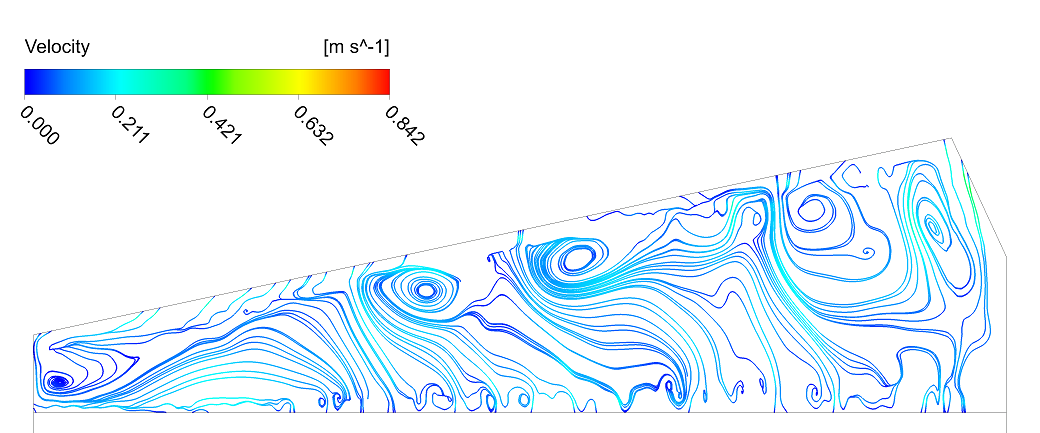

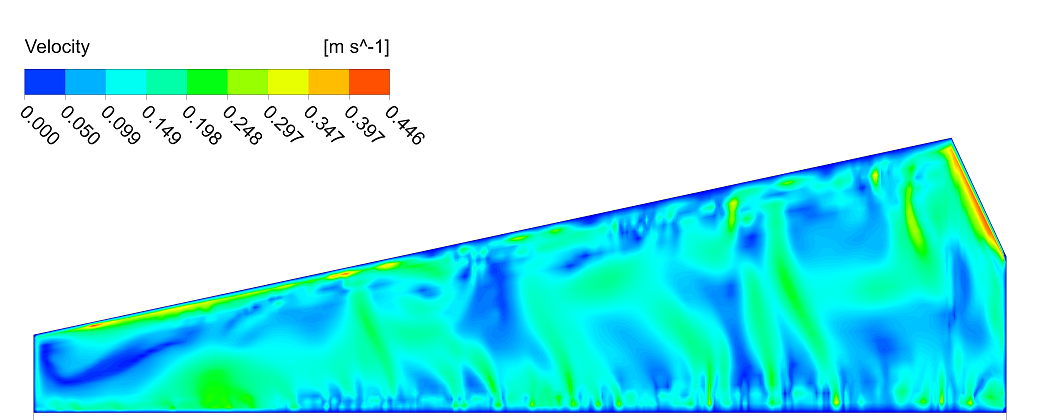

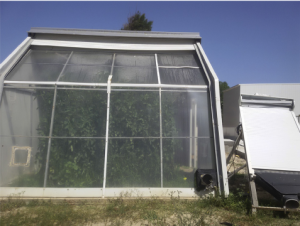
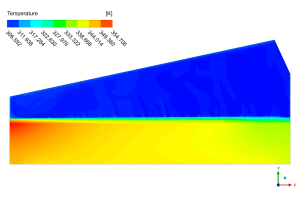
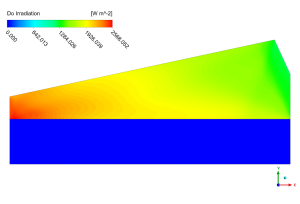
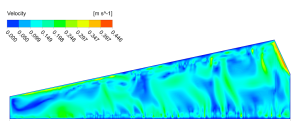







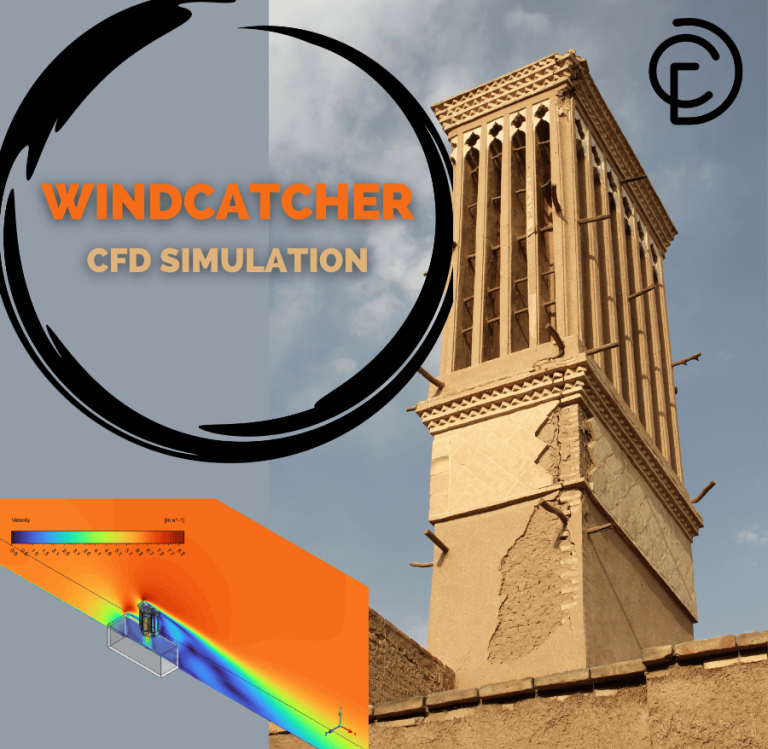

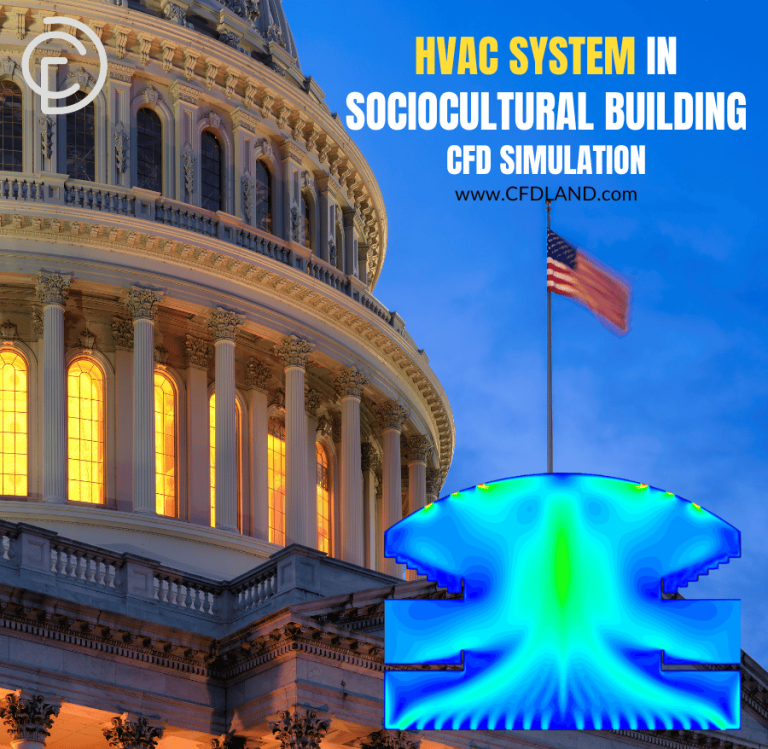
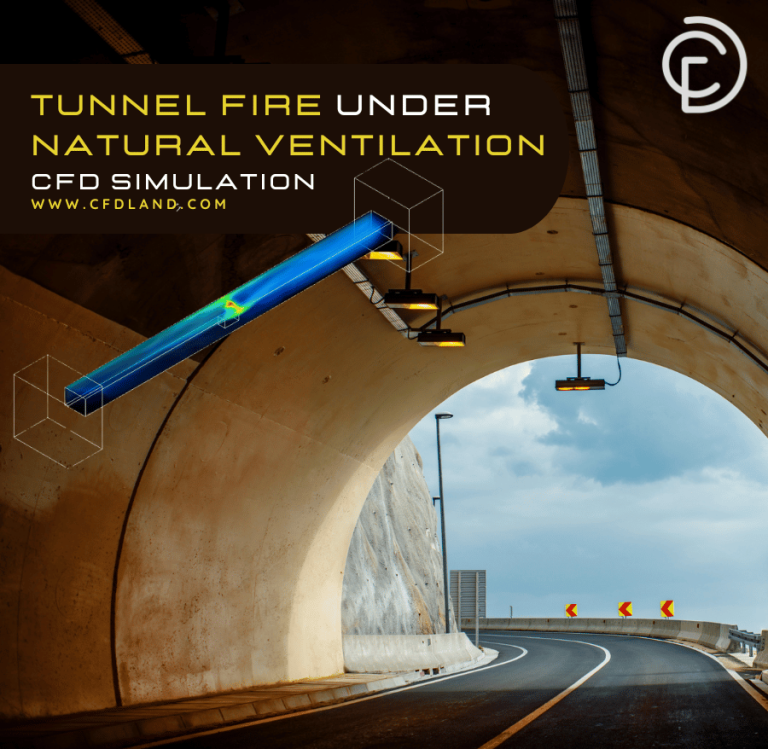
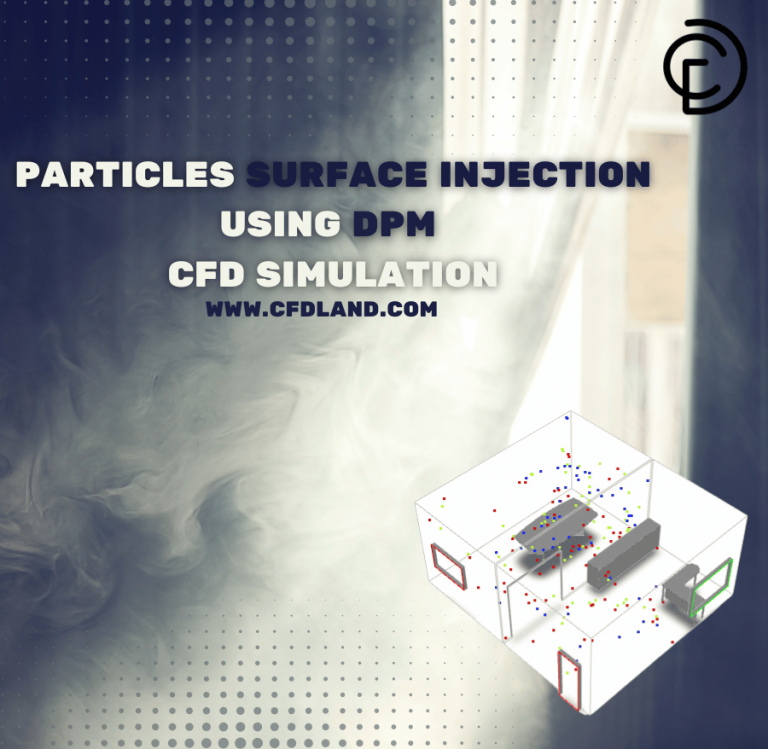
Reviews
There are no reviews yet.